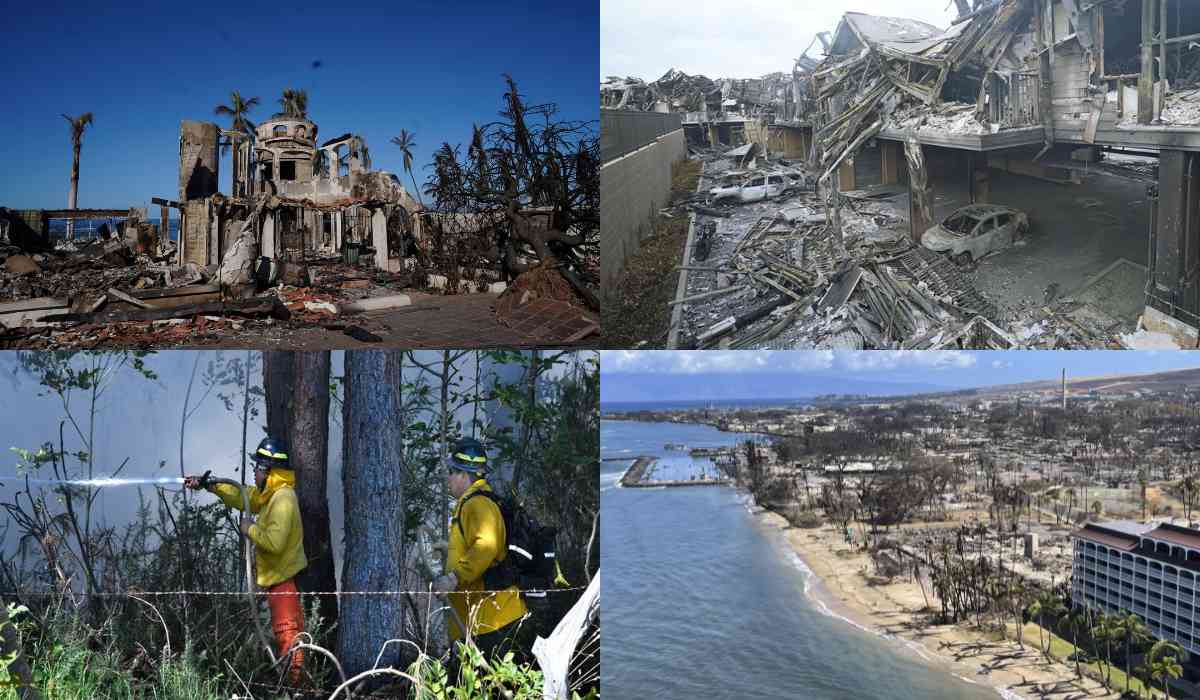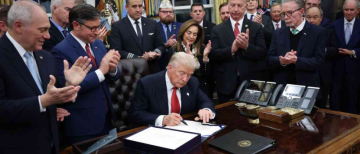The Maui wildfires in Hawaii have resulted in a tragic death toll of 93 individuals, marking the most deadly wildfire in the United States in over a hundred years. The count is anticipated to increase as rescue teams, aided by cadaver dogs, meticulously search through the debris of Lahaina, the town profoundly affected by the disaster.
A Closer Look at the Extensive Destruction
After a swift-moving blaze engulfed the historic resort town of Lahaina, the true extent of the devastation has become evident. Structures were obliterated, vehicles melted, and the town lay in ruins. The Federal Emergency Management Agency (FEMA) estimated the cost of reconstructing Lahaina at $5.5 billion, as over 2,200 buildings were damaged or destroyed, and a staggering 2,100 acres (850 hectares) were charred by the flames.
Increasing Death Toll and Ongoing Search Efforts
Hawaii Governor Josh Green, in a press conference, conveyed that the death toll is expected to rise as additional victims are uncovered. The search area has so far only been explored by cadaver dogs over a mere 3%. Maui County Police Chief John Pelletier noted that the search's progress remains limited.

Reassessing Emergency Notification Systems
Scrutiny has fallen on Hawaii's emergency notification systems as some residents questioned the adequacy of warnings before their homes succumbed to the fire. Notably, sirens designed to alert inhabitants of imminent natural disasters remained silent. Additionally, widespread power and communication outages hindered other alert mechanisms.
Calls for Investigation and Lessons Learned
Anne Lopez, the state's attorney general, has initiated a review of the decision-making processes leading up to and during the fire. Hawaii Governor Green authorized an assessment of the emergency response. Officials grappled with a combination of factors, including communication network failures, hurricane-driven wind gusts of up to 80 miles per hour (130 kph), and a distant wildfire. These challenges impeded the timely coordination of warnings and evacuations.
Historic Tragedy Surpasses Prior Disasters
The Maui wildfire disaster now holds the grim distinction of being Hawaii's most catastrophic natural event, surpassing a 1960 tsunami that claimed 61 lives. The death toll even surpasses the 85 victims of the 2018 Paradise, California fire, making it the highest wildfire death toll since 1918, when the Cloquet fire in Minnesota and Wisconsin took 453 lives.
Immediate Relief Measures
To assist those who lost their homes, officials have secured 1,000 hotel rooms and are arranging free rental properties for affected families. Emergency shelters have taken in over 1,400 individuals. FEMA's director, Deanne Criswell, confirmed the presence of 150 personnel on the ground and announced forthcoming search teams and canine units.

The Long Road to Recovery
While authorities allowed residents to return to parts of west Maui, the Lahaina fire zone remained inaccessible due to safety concerns and potentially toxic fumes. The search for hundreds of missing persons continues at the heart of this disaster.
A Night of Catastrophic Progression
The catastrophe unfolded when a brush fire ignited in the town of Kula, triggering a chain of events that eventually devastated Lahaina. Amidst power outages and evolving fires, evacuation orders were issued, but the swift-advancing flames left some residents with little time to react.
In the face of this immense tragedy, Maui and its devastated communities are left grappling with loss, recovery, and the sobering lessons to be learned from this historic disaster.
© Copyright 2023. All Rights Reserved Powered by Vygr Media.

























